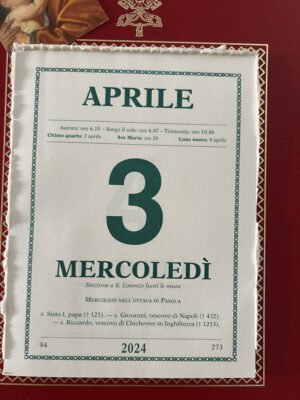 Today, 3 April, Easter Wednesday, at 6:47 the sun rose over the Eternal City. The sunlight day will begin to end at 19:40.
Today, 3 April, Easter Wednesday, at 6:47 the sun rose over the Eternal City. The sunlight day will begin to end at 19:40.
I got a little screwed up with my days in posting, so this is a sort of leap-date.
The Ave Maria Bell … or as one reader wrote to ask:
“What the heck is the ‘Ave Maria Bell’ and why do you post about it if nobody does it?”
The Ave Maria Bell is a relic of time calculation from when accurate clocks were not simply everywhere. Also, the clocks were different than now. The Ave Maria sounded a single bell struck 3 times, then 4 times, 5 times, and then 1 time.
The “Ave Maria” indicates the change of the religious day from day to night. It was a way of calculating the day using a 6-hour clock that the Church developed in the 13th c.. the 6-hour dominated until Napoleon imposed the 12-hour clock (which predominates today). If, when walking about in Rome and if you are in the know, you will spot old 6-hour day clocks. For example, at the interesting church in Trastevere, Santa Maria del Orto, the “university church”, there is a 6-hour clock in the façade.
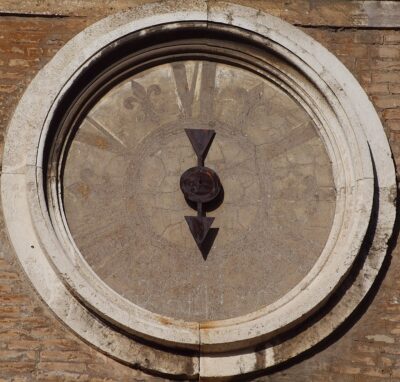
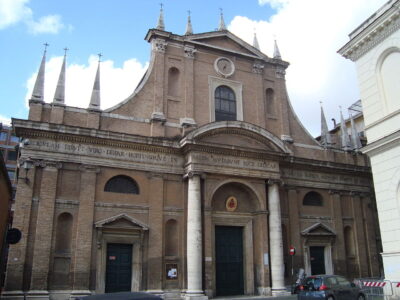
This is an interesting church. It was for the “universities” or professional associations especially having to do with food because of its location near the bank of the Tiber where there were wharves. There were 13 Università, including the Fruttaroli (like the vegetable vendors in Campo de’ Fiori), the Pollaroli (chicken guys) and the Vermicellari (pasta makers). Santa Maria del Orto is also now the church for the Japanese in Rome.
A quick digression. The other day I noticed that scaffolding has been taken down in the Via Pollarola where there is an exceptionally mediocre restaurant of the same name and, across the way, a very good place which is one of my favorites these days, Elle Effe. Anyway, in Chicken Vendor Street, there is an inscription which was hard to see until again recently.
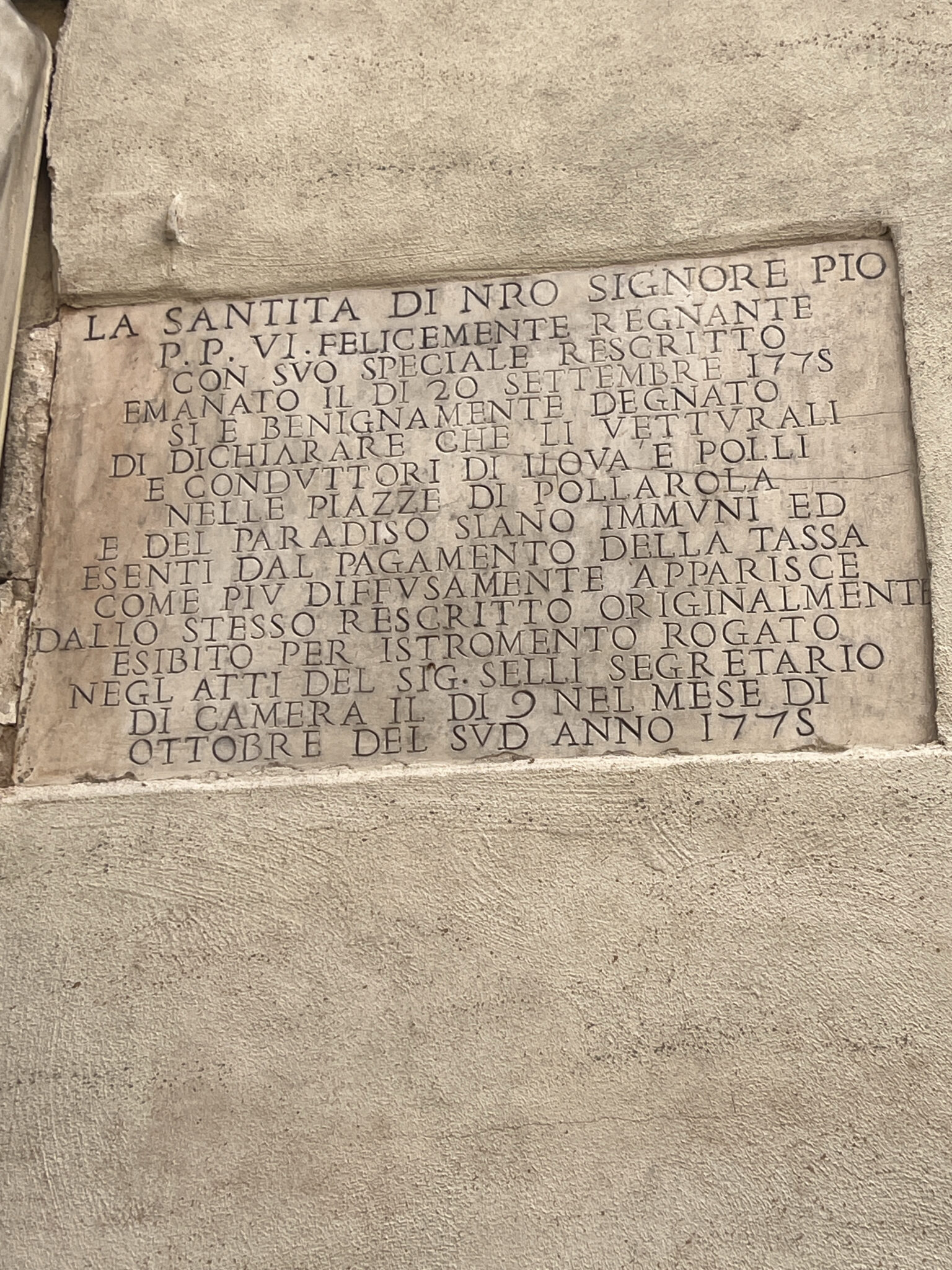
There is still a butcher shop nearby that primarily advertises chicken, though they have everything. Last year I got a great rabbit there for supper with The Great Roman™. But I digress.
The Collegio Romano has a six-hour clock, too. The most visible is in the bell tower of the Quirinal Palace. They are all over Rome, but you have to pay attention and sometimes they are in inner courtyards or in sacristies.
The Ave Maria is rung in the ballpark of half an hour after sunset. If the Ave Maria is rung at 20:00, as it is from 2-15 April (in truth it’s 19:00, but “ora legale… daylight savings”) and therefore is today, then 19:00 (really 18:00) is 23rd hour of the religious day and 21:00 (really 20:00) is the 1st hour of the next day. This older calculation of the day’s hours meant that, as the year progressed the length of “an hour” changed.
In Italian there are a couple of phrases that still ring with ancient usage of the Ave Maria. For example, “portare il cappello sulle ventritre… wear your hat at the 23rd (hour)” means to bring the brim of your cap down to shield your eyes from the light of the low sun. The day divided in 4 blocks of 6 shifting-length hours is represented in a phrase, “la merenda a vent’un ore… a snack at 21 hours”. In the summer working day are very long. There would be for laborers a mid-afternoon snack, at “21 hours” which would be roughly between 4 and 5 in the afternoon. This would carry you through to the end of the work day. In fact, it was the custom when I was on a work schedule in Rome to have a snack at about 4-4:30 PM, maybe after a post-lunch nap, before heading back to work in the Curia office until 7-7:30 PM (and the non-ringing Ave Maria Bell).
In the Roman Curia, Cardinals and other officials would still receive people in audience for the hour after the Ave Maria Bell rang. An hour after the Ave Maria, a single bell would toll, thus ending all business for the day, since it was the first hour of “night”. When there were large religious communities in Roman churches and chapters of canons, Vespers would be sung an hour before the Ave Maria Bell. Obviously daylight savings screws this up.
Finally, another relic of the six-hour clock is the recitation of the Angelus, now Regina Caeli, at 0600, 1200, and 1800. Get it?
Thus, the Roman Ave Maria Bell. More than you ever wanted to know.
Why do I post about it? I want it back. Also, I admire that the Roman Curia calendar (of which I post pics when in Rome, still provides this precious item of information connecting us to our forebears.
It wasn’t all that long ago that time was calculated quite a different way, more connected to the rhythm of the seasons, the coming and going of the sun, the time for work in the open and the time for rest, the time for prayer to punctuate the whole rounding of the hours. Even as I typed those words the bell in the campanile across from my window chimed the 3/4 hour with three double chimes on two differently pitched bells and then the hour with another. In my lodging back over the pond, I have a clock that chimes the naval bells, in their cycle of 4 rings of pairs of chimes. My phone is set to play Evening Colors at sunset, as well as the Angelus/Regina caeli as recorded at The Parish™.
Tempus fugit, friends. Memento mori.
GO TO CONFESSION.
Please remember me when shopping online and use my affiliate links. US HERE – UK HERE WHY? This helps to pay for health insurance (massively hiked for this new year of surprises), utilities, groceries, etc.. At no extra cost, you provide help for which I am grateful.
HEY!
ni**********@fuse.net – My thank you note was kicked back. This email doesn’t exist anymore. Can I have an update?
Speaking of the hour of the sunrise this morning… here we go!
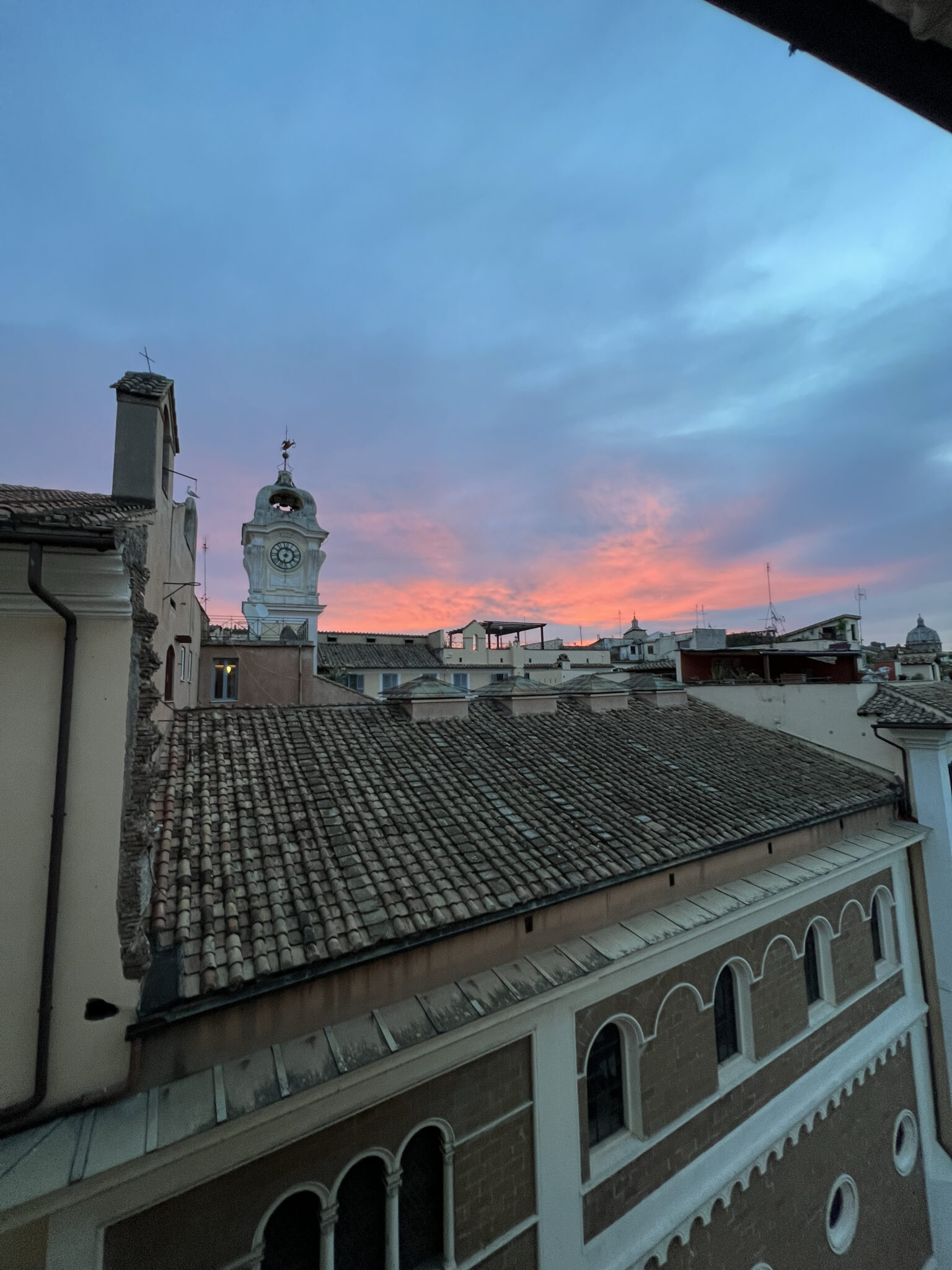
Out in the early hours. I couldn’t resist. I posted a still of this same guy a couple days back.
There will be pontifical baptism at The Parish™ and confirmation in the evening. Item’s are being prepared.
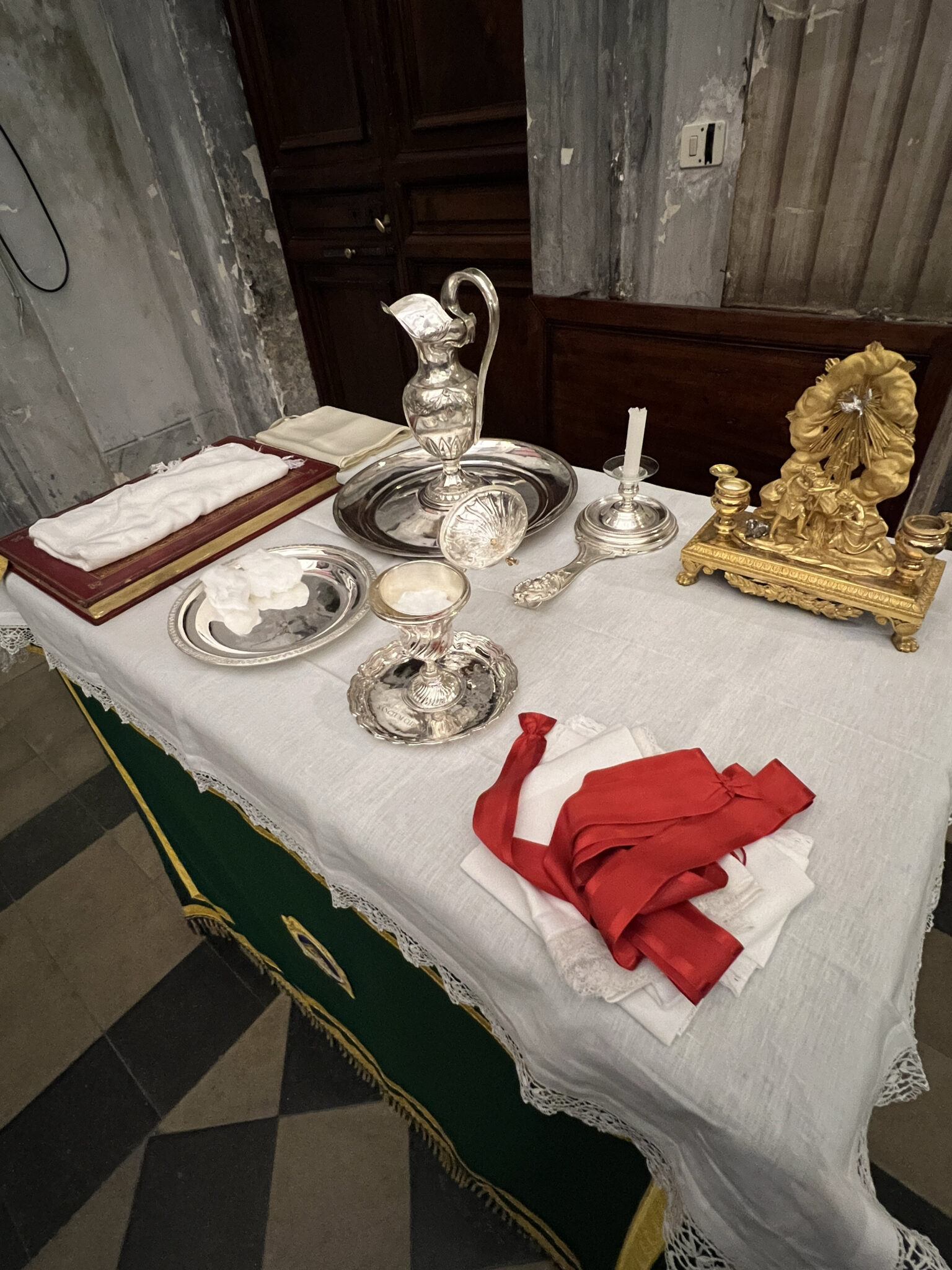
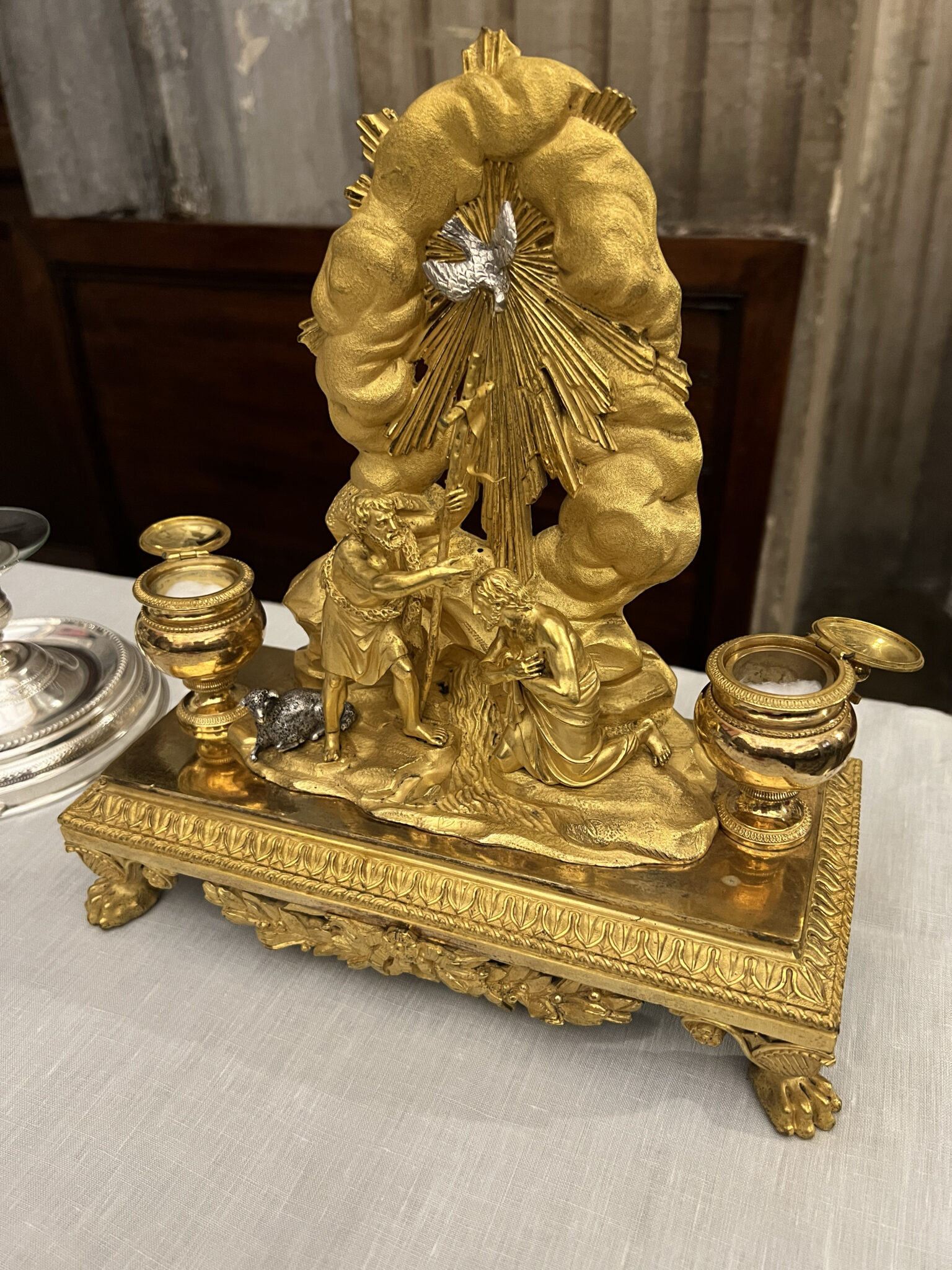
A visit to the Sacred Heart this morning to ask healing for an ear issue.
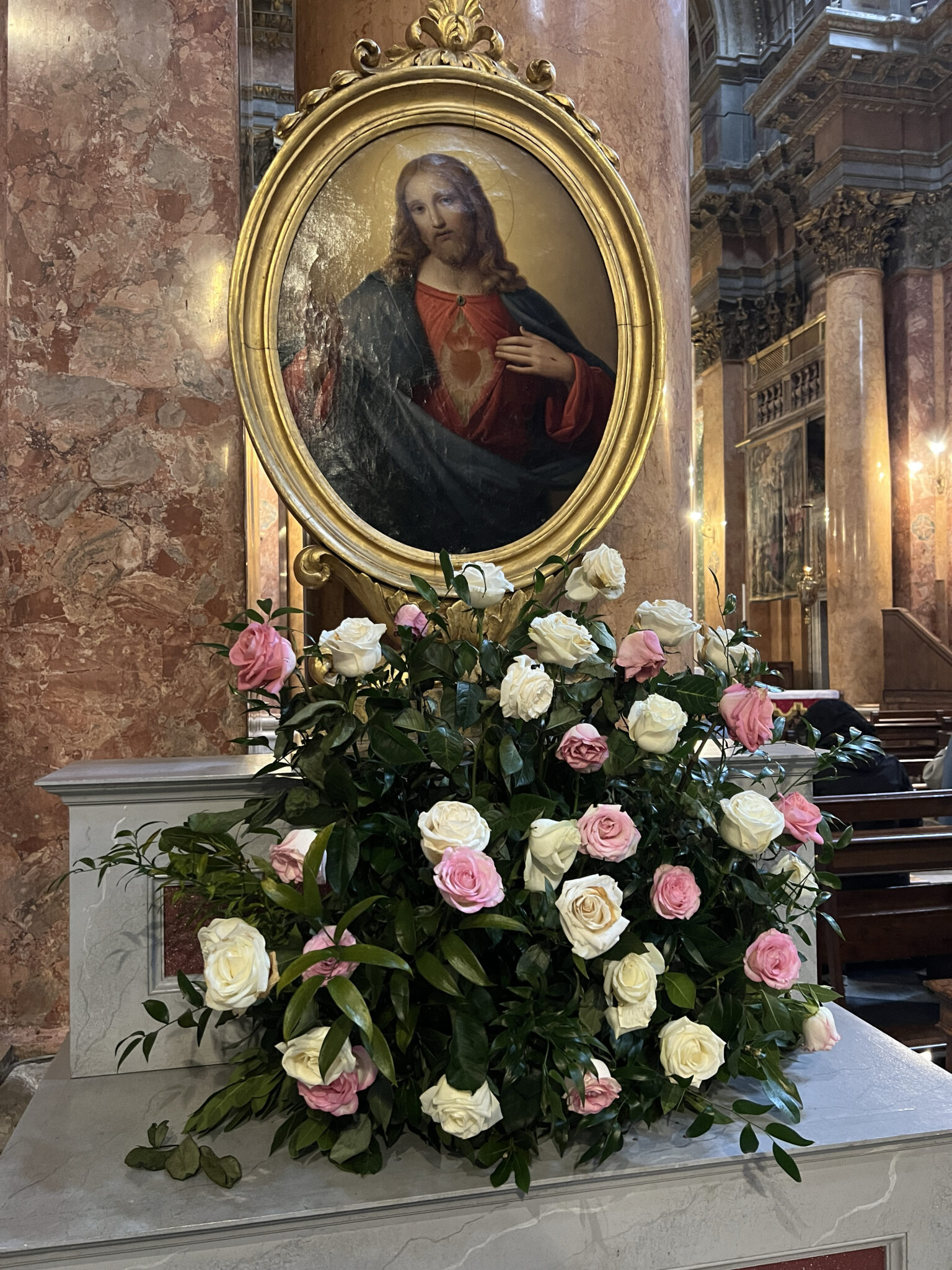
One of the fruttaroli stands (and now you know a little more about them helps with preparation of Roman-style artichokes. Tomorrow I may get some and try my hand, if they also have mentuccia. Otherwise, I might have to wait until I see The Great Roman™ to get some.

On my way home from the stands, butcher, and bakery.
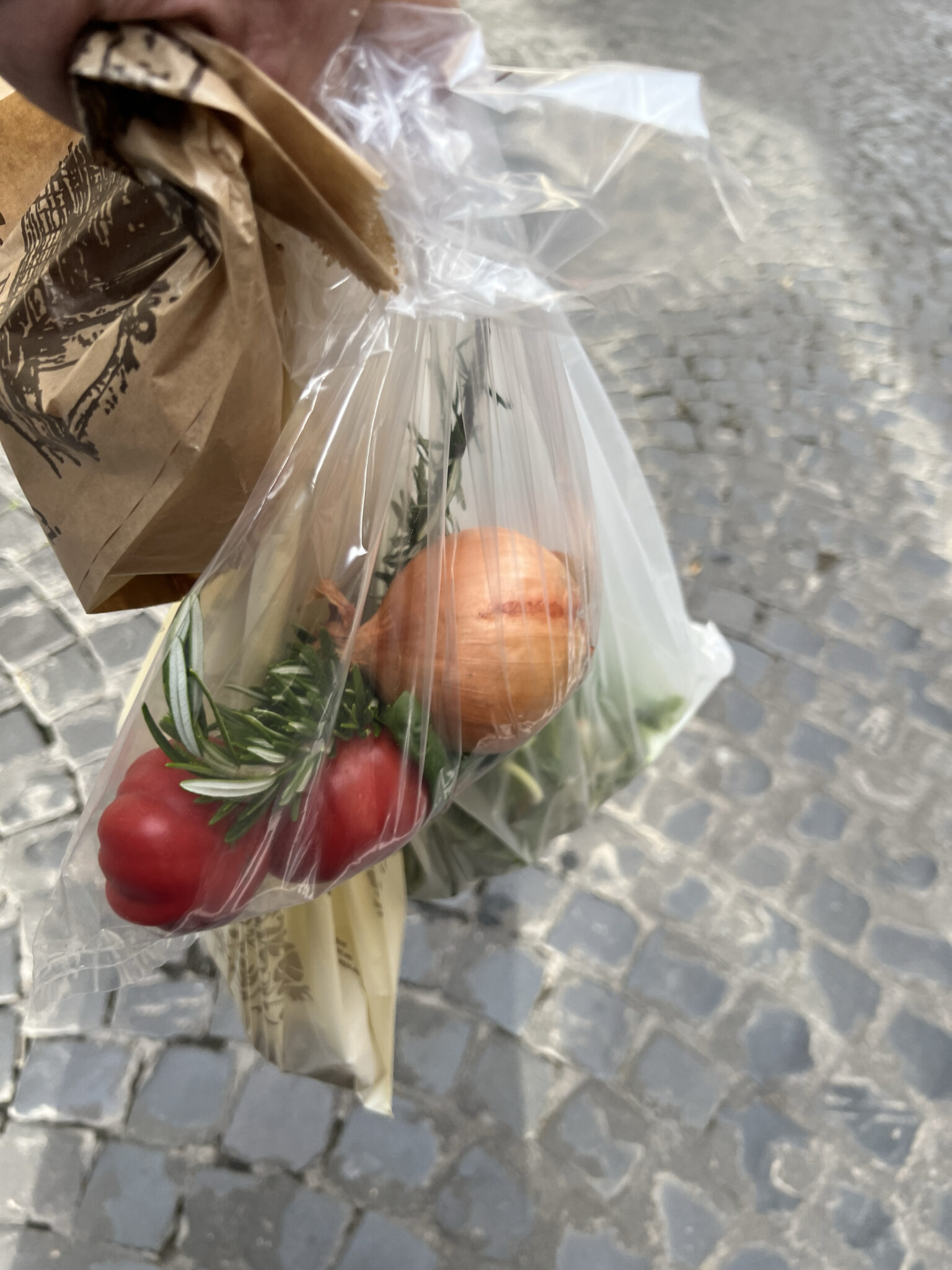
As I write, it is time for la merenda a vent’uno.

Speaking of coffee…
Black to move and mate in 3.

NB: I’ll hold comments with solutions ’till the next day so there won’t be “spoilers” for others.
 CLICK!
CLICK!I am now a chess.com affiliate. So, click and join! Maybe we can build a fun and active Catholic Chess Club within Chess.com.


































Father,
I know this should probably be in an email, but I wanted to alert you quickly. News just broke that Bishop Huonder passed away. Very sad to heat.
https://sspx.org/en/news/his-lordship-bishop-vitus-huonder-has-departed-life-43944
1. … Qxf2+
2. Ne2 Rxe2#
3. Kd3 Rd2# (if the King goes anywhere on the first rank (3. Kc1, 3. Kd1,) it is mate with Qe1#)
Pingback: VVEDNESDAY AFTERNOON EDITION | BIG PULPIT
Are those purple-tinged Roman artichokes more tender than the ones we get saddled with here in the states? If I trim grocery-store artichokes (no local vendors here) like those in the picture, half the thing is still inedible, no matter how long I cook it.
Titus: Oh yes, these artichokes are an entirely different critter than those we have in the US. Those in the state have that nasty “choke” in them and by the time you strip the leaves back to the tender ones, the whole thing is gone. The store may as well pay you to take them away.
Here we have several types of artichokes, each with an advantage. But the one’s we prize are the Roman kind.
I thought that was the case with the artichokes. I have meant to try growing some for years, and this exchange has just prompted me to find a source online for the Roman ones and order some seeds. Grazie mille, Father.
Thank you for the explanation of the Ave Maria Bell, Father, not too full for a nerd like me
Our cathedral has a bell that rings at 9am and 9pm every day, besides the Angelus bells at noon and 6pm. Might be that the 9am was to get people to work, and the 9pm to get them to bed? Or someone didn’t know about the Ave Maria bell.